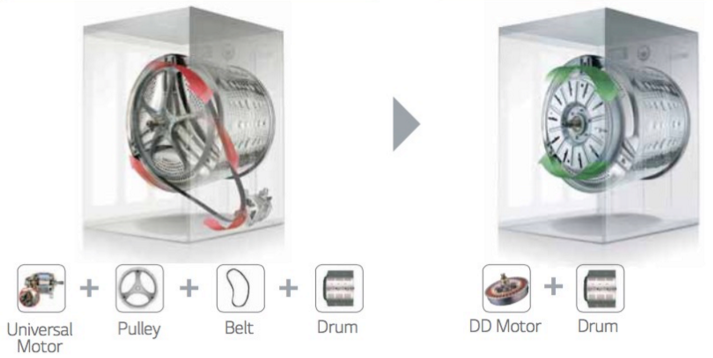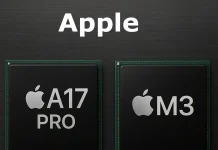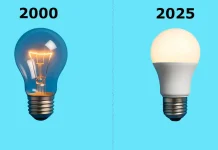Direct Drive, what is it?
Manufacturers of washing machines since the mid 2000s, began to produce washing machines with direct drive. The truth is not new, and previously had washing machines in which the engine and the tank are located on the same shaft but then they were not as advertised.
What advantages claimed in washing machines with a direct drive when compared to conventional, baraban which rotates through a belt.
Less noise
Less noise, engine noise is lower since there are no brushes. A motor with an inverter (a board for converting the initial voltage to voltage for the motor to work), the DD motor does not have a belt for transmitting rotation from the motor to the drum. But, the main noise is not created by brushes or a belt, the biggest noise is during the spin of linen and when the pump is working. There are practically no declared advantages in the absence of noise, this is just advertising. And do not forget that the manufacturer gives an increased guarantee for the motor, but does not give a guarantee for the inverter board. In the event of a motor failure 90% of cases, this is a malfunction of the inverter board.
Reduced vibration
Reduced vibration, vibration occurs during the spin cycle, but here it does not matter where the engine is on the axis or side. When using a belt, it acts as a shock absorber, the tank, in turn, also has shock absorbers. In direct-drive washing machines, the tank vibrates with the drum no less. Vibration damping depends on the quality of the shock absorbers in washing machines. The statement that there is less vibration in direct-drive washing machines is not true. Yes, of course, if the manufacturer puts bad shock absorbers on the tank in the model of a washing machine with a belt, and good shock absorbers in a direct-drive washing machine, the difference will be noticeable. As a result, there is no difference in vibration of a washing machine with or without direct drive. This is just an advertisement that misleads the buyer.
Less wear parts
Less wear parts, the wear parts that are not found in direct drive are the engine belt and brushes, with the quality production of these parts their service life is from 7 to 20 years, depending on the intensity of use. And the cost of a belt or brushes on the engine is about $ 10. This advantage is highly controversial.
More load
More load, loading depends only on the volume of the tank, in washing machines with direct drive, when the engine is on the same axis as the tank, on the contrary, there is less space. This statement was invented by marketers to promote direct-drive washing machines.
Direct drive vs belt drive washing machine
From the user’s point of view, there is not much difference in which washing machine with an engine on the same shaft as a drum or with an engine placed separately and using a belt drive to rotate the tank. You also need to remember that the more complex the device, the more expensive it is to repair. Repairing a washing machine with a belt will be cheaper than with a direct drive. This is in case the engine fails or it will be necessary to do something with the tank. In a car with a belt, the engine is separate, and in a washing machine with direct drive on the shaft with a drum.
Direct drive washing machine disadvantages
Now let’s talk about the shortcomings of Direct Drive, which manufacturers of washing machines are modestly silent about. Serviceability, Direct Drive repair is much more complicated, since in case of failure of the bearing in the tank, you just need to dismantle the tank and remove the engine. It should also be borne in mind that the engine stands on the shaft and vibrates with the tank, possible malfunctions caused by vibrations.







